EXECUTIVE FORUM - 1: 6G Use Cases, Requirements, and Key Capabilities
(12 April, 09:00 CST, Austin Ballroom G, 6th Floor)
Abstract: Within the more-than-ten-year lifecycle of 6G, many aspects of our daily lives will be augmented by ultra-high-speed and ultra-reliable wireless connections. Meanwhile, new technology enablers such as sensing, native AI, massive VLEO constellation are bringing new possibilities and new use cases to 6G with trustworthiness and sustainability as native features. It is envisioned that the use cases in 6G will not only include further enhanced communication-oriented use cases, but also those beyond communication purposes such as sensing and AI. In particular, 6G network functions will act as the fabric of the converged physical and cyber worlds.
The continuous deep learning in the digital world serves as an AI engine for the physical world, providing real-time inferences to facilitate all decision-making. This imposes major challenges on the radio interface design, requiring extremely high throughput and ultra-low latency. From the physical world to the cyber world — this is a typical uplink channel — the primary application is sensing and the collection of big data for machine learning (ML). How to efficiently support massive distributed AI learning and inference with low bandwidth and energy consumption will be key to enabling a future of connected intelligence.
Inspired by these vision and new technology capabilities, clearly-defined new use cases, new requirements and key capabilities are to be identified, such an effort is carried out in ITU-R WP5D and NGMN. There are dozens of use cases proposed by different parties while there is also discussions on which cases demand new KPI dimensions, new air interface, or network architectures different from 5G or its evolution to realize.
A WCNC panel at this time – one year after the ITU-R vision study and one year away from the vision recommendation – on 6G use cases, requirements, and key capabilities would be a perfect opportunity to exchange views and promote common understanding.
Moderator: Dr. Wen Tong, CTO, Huawei Technologies Co., Ltd., Canada
Executive Forum Panelists:
David Lister, Vodafone, UK
Guangyi Liu, China Mobile, China
Stefan Parkvall, Ericsson, Sweden
Petar Popovski, Aalborg University, Denmark
Biographies:
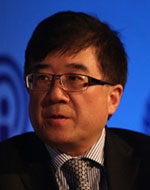 Wen Tong
Wen Tong
Wen Tong is the CTO, of Huawei Wireless. He is the head of Huawei wireless research. In 2011, Dr. Tong was appointed the Head of Communications Technologies Labs of Huawei, currently, he is the Huawei 5G chief scientist and led Huawei’s 10-year-long 5G wireless technologies research and development. Prior to joining Huawei in 2009, Dr. Tong was the Nortel Fellow and Head of the Network Technology Labs at Nortel. He joined the Wireless Technology Labs at Bell Northern Research in 1995 in Canada. Dr. Tong is the industry-recognized leader in the invention of advanced wireless technologies, Dr. Tong was elected as a Huawei Fellow and an IEEE Fellow. He was the recipient of the IEEE Communications Society Industry Innovation Award in 2014, and IEEE Communications Society Distinguished Industry Leader Award for “pioneering technical contributions and leadership in the mobile communications industry and innovation in 5G mobile communications technology” in 2018. He is also the recipient of the R.A. Fessenden Medal. For the past three decades, he had pioneered fundamental technologies from 1G to 5G wireless and Wi-Fi with more than 500 awarded US patents. Dr. Tong is also a Fellow of the Canadian Academy of Engineering, and he serves as Board of Director of Wi-Fi Alliance.
 David Lister
David Lister
David Lister leads research on future disruptive technologies within Vodafone Group. He has 30 years’ experience that spans the introduction of 3G, 4G, and 5G technologies and has held technical and commercial roles related to spectrum regulation, standards development, and new product introduction. He is currently responsible for all aspects of 6G research in Vodafone Group and is the co-lead of the Next Generation Mobile Networks (NGMN) strategic program on 6G that has recently published its 6G Vision representing a consolidated and global mobile operator view. David holds degrees in electrical engineering, renewable energy, and is a Chartered Engineer and Member of the IET.
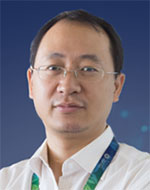 Guangyi Liu
Guangyi Liu
Guangyi Liu received his PhD. from Beijing University of Posts and Telecommunications in 2006. He joined China Mobile in 2006, now he is the leading specialist and 6G director of China Mobile Group. Before he joined China Mobile, he has worked for Shanghai Bell and Siemens (Now Nokia) for 3 years. He has led the standardization and industrialization of 4G and 5G in China mobile from 2007 to 2019. Now he is leading the research of 6G. He is also acting as the vice-chair of THz and mm-wave industry alliance and has acted as the chair of spectrum working group and coordinator of 5G eMBB program in Global TD-LTE Initiative (GTI). He has been granted more than 150 patents, authored and co-authored more than 8 books, and published more than 150 papers in IEEE journals and conferences.
 Stefan Parkvall
Stefan Parkvall
Stefan Parkvall joined Ericsson in 1999 and is a Senior Expert working with 6G and future radio access. He is one of the key persons in the development of HSPA, LTE, and NR radio access, and has been deeply involved in 3GPP standardization for many years. Dr. Parkvall is a fellow of the IEEE and is co-author of several popular books such as 4G – LTE/LTE-Advanced for Mobile Broadband and 5G NR – The Next Generation Wireless Access. Dr. Parkvall has more than 1500 patents in the area of mobile communication and holds a Ph.D. in electrical engineering from the Royal Institute of Technology (KTH) in Stockholm, Sweden.
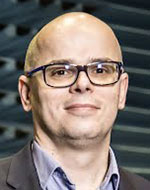 Petar Popovski
Petar Popovski
Petar Popovski is a Professor in wireless communications at Aalborg University, Denmark. He received Dipl.-Ing. in electrical engineering (1997) and Magister Ing. in communication engineering (2000) from Sts. Cyril and Methodius University, Skopje, Macedonia, and Ph.D. from Aalborg University, Denmark, in 2004. He has more than 250 publications in journals, conference proceedings, and books and has more than 25 patents and patent applications. He is a Fellow of IEEE, a holder of a Consolidator Grant from the European Research Council, and recipient of the Elite Researcher Award (2016) in Denmark. In the past, he served as an Editor in IEEE Trans. Wireless Communications, IEEE JSAC Cognitive Radio Series and Senior Editor in IEEE Communications Letters. He is currently an Editor for IEEE Transactions on Communications. From 2012 to 2014 he served as the Chair of IEEE ComSoc Emerging Technology Committee on Smart Grid Communications. He is a Steering Committee member for IEEE Internet of Things Journal, as well as a Steering committee member of IEEE SmartGridComm. His research interests are in the area of wireless communication and networking, and communication/information theory.
EXECUTIVE FORUM - 2: Perspectives on 6G
(11 April, 14:00 CST, Austin Ballroom G, 6th Floor)
Abstract: 5G Advanced standardization is now underway leading to the next step of opportunities for 5G evolution. At the same time, industry and academia are engaged with 6G research across key technologies and future use cases. Although we are at an early stage of 6G with the beginning of standardization several years away and generally targeting deployment around 2030, the discussion on 6G vision and perspectives has started with a number of different views. This panel intends to contribute to this discussion, by addressing perspectives coming from different industrial sectors.
Moderator: John E. Smee, Senior Vice President of Engineering, Qualcomm Technologies Inc.
Executive Forum Panelists:
Peiying Zhu, Huawei, Canada
Geng Wu, Intel, USA
Kailash Narayanan, Keysight, USA
Questions:
- How do you view the role of cloud in 6G in comparison to 5G evolution?
- With AI and machine learning being considered now in 5G Advanced Release 18, how do you see that changing the evolution path of 5G?
- Which use cases do you think will differentiate the 6G value proposition for consumer and enterprise applications?
- What core technologies will make the largest difference in 6G KPI’s and how 6G is deployed and operated?
Biographies:

John E. Smee
John Smee is Senior VP of Engineering and Head of Wireless Research at Qualcomm, where he oversees all 5G/6G and Wi-Fi R&D projects including systems design, standards contributions, and advanced radio, hardware, and software research testbeds and technology trials with industry partners. He joined Qualcomm in 2000, holds over 175 U.S. Patents, and has focused on the innovation and commercial launches of wireless communications across 5G NR, 4G LTE, 3G CDMA, and IEEE 802.11. He also leads Qualcomm’s companywide academic collaboration program across technologies including wireless, semiconductor, automotive, multimedia, security, and machine learning. He received his Ph.D. in electrical engineering from Princeton University and holds an M.A. from Princeton and an M.Sc. and B.Sc. from Queen's University.
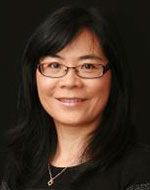
Peiying Zhu
Peiying Zhu, Senior Vice President of Wireless Research, is a Huawei Fellow, IEEE Fellow, and Fellow of the Canadian Academy of Engineering. She is currently leading 5G and beyond wireless research and standardization in Huawei. The focus of her research is advanced radio access technologies. She is actively involved in 3GPP and IEEE 802 standards development. She has been regularly giving talks and panel discussions on 5G vision and enabling technologies. She led the team to contribute significantly to 5G technologies. Prior to joining Huawei in 2009, Peiying was a Nortel Fellow and Director of Advanced Wireless Access Technology in the Nortel Wireless Technology Lab. She led the team and pioneered research and prototyping on MIMO-OFDM and Multi-hop relay. Many of these technologies developed by the team have been adopted into LTE standards and 4G products. Dr. Zhu has more than 200 granted patents.
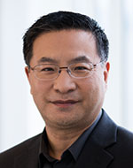
Geng Wu
Intel Fellow and Head of Wireless Standards and Technologies, Intel Corporation
Dr. Geng Wu is an Intel Fellow and head of Intel Wireless Standards and Technologies. He leads Intel’s 6th generation (6G) wireless standards development and ecosystem collaboration serves as a board director at IOWN Global Forum, MulteFire Alliance, and Automotive Edge Computing Consortium.
His current research interests include mobile computing and communication infrastructure for artificial intelligence and next-generation air interface and radio access network architecture designs.
Wu has had over 30 years of research and development experience in the wireless industry and has contributed extensively to global 2G CDMA, 3G 1xRTT, UMTS, HSPA, and 4G WiMAX, LTE radio interface, and network architecture design and development. Wu holds more than 40 issued US patents with many patents pending. He has numerous research publications in mobile wireless communications and networking. Before Intel, Wu served as director of wireless architecture and standards at Nortel Networks, responsible for system performance, standards research, and technology development in 3GPP2, 3GPP, IEEE, and WiMAX.
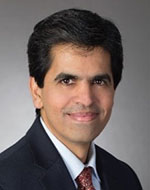
Kailash Narayanan
Senior vice president, Keysight, and president of Keysight’s Communications Solutions Group (CSG).
Narayanan leads the $3.3+ billion global business that addresses the end-to-end communications industry, including wireless and wireline segments, as well as aerospace defense. With more than 3,000 employees worldwide, CSG focuses on enabling customers’ innovations to connect and secure the world. The team has made significant contributions to accelerate technology adoptions of 5G, 400/800G, electromagnetic spectrum operations, and space and satellite modernization.
In his previous role, Narayanan served as president of Keysight’s $2.2+ billion Commercial Communications business, where he led Keysight’s wireless and wireline test programs and drove significant expansion in the 5G program. His team focused on delivering software-centric solutions to enable next-generation communication systems and applications.
Narayanan developed a broad set of executive connections across the industry and has been a champion of Keysight’s outside-in approach and commitment to customer-centricity, driving external partnerships and enabling customer innovation.
Narayanan has a 20+ year tenure with Hewlett-Packard/Agilent/Keysight. He has held leadership positions and has significant experience across multiple functions especially in R&D (15 years) and manufacturing (3 years). He has been part of multiple businesses spanning wireline backhaul, base stations, signal sources, wireless handsets, and fiber optics.
Narayanan has authored articles in leading industry literature including Microwave Journal and has spoken at many industry events.
He holds an MS degree in Electrical Engineering and Computer Science from the University of Illinois Chicago and an MBA from Walden University.







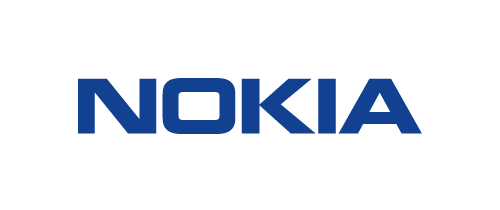

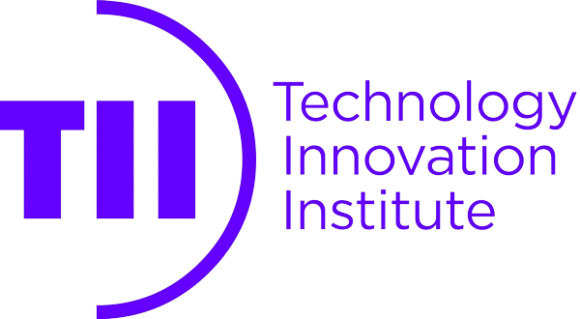



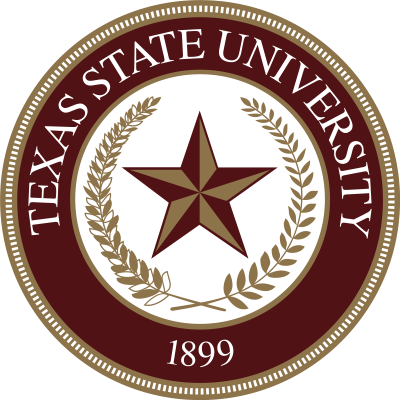
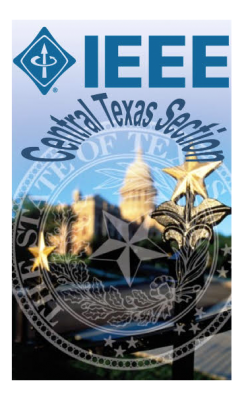
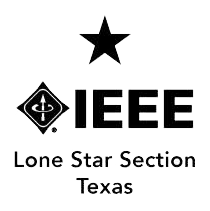
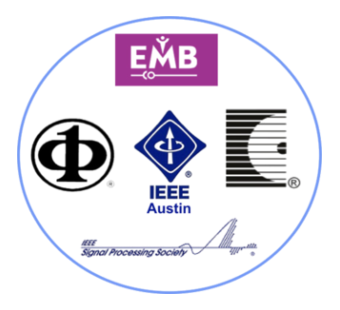

.png%3Fitok=HPhdjq1T)
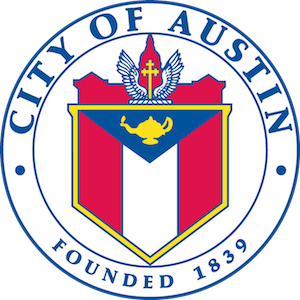
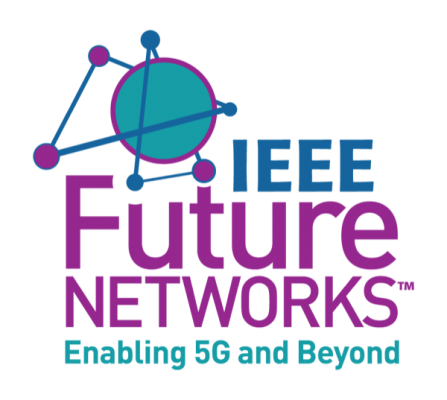
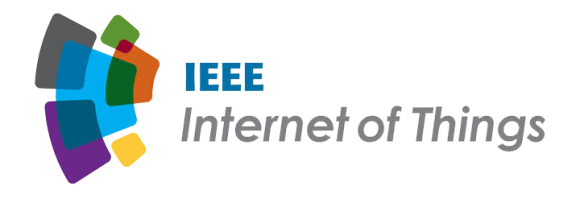
_0.png%3Fitok=n0ncuwzS)